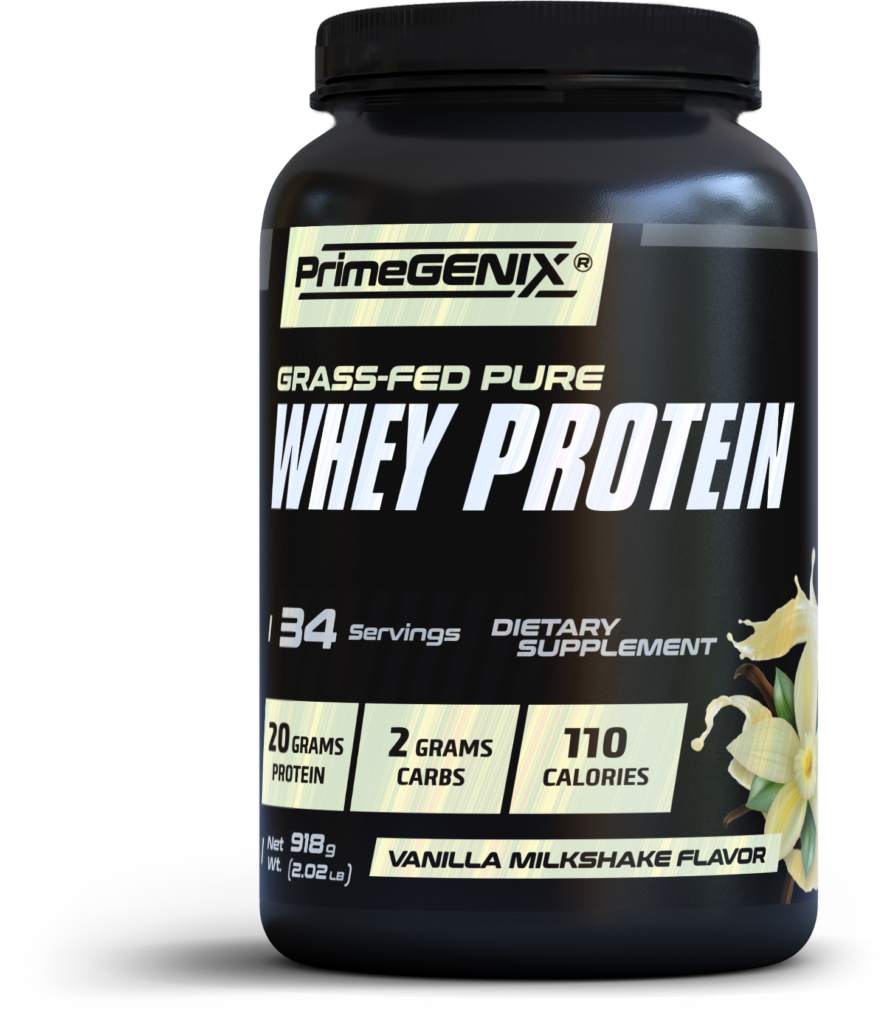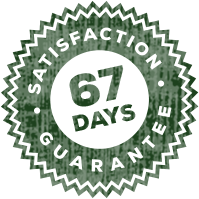Do you ever feel like the gym has its own secret language? Terms like “maingaining,” “gaintaining,” and “bulking” get thrown around like confetti at a New Year’s Eve party.
It can feel like everyone got the memo – except you. Don’t worry; you’re not alone.
These buzzwords can leave even the most eager beginner fitness enthusiasts scratching their heads. Sure, they sound cool – but what do they even mean? And more importantly, which one should you be doing?
Luckily, you don’t need a PhD in “gym-ology” to figure it out. In this article, we break down each term, explain who they’re best suited for, and help you decide the best strategy (if any) to start your fitness journey.
Spoiler alert: If these terms make your head spin, sticking to a simple plan might be the best way to go. But we’ll get to that.
Whether just starting your fitness journey or trying to figure out why your biceps aren’t bulging after three sets of curls, understanding these approaches will save you a lot of time and frustration.
Are you ready to peel back the curtain and get in on the “secret”? Stay tuned.
What is Maingaining?
Maingaining might sound like a made-up term your gym buddy threw out to sound smart. But it’s actually a pretty straightforward strategy, offering various benefits for guys who hate the yo-yo effect and appreciate sustainable progress.
Maingaining refers to building muscle and minimizing fat gain while maintaining your current weight. Think of it as the ultimate balancing act for your body. It’s not for everyone – especially if you’re just starting out.
Lean and experienced lifters who’ve already built a solid muscle base can use maingaining to fine-tune their physique. It’s also a perfect way to avoid the “bulking” and “cutting” cycles that can feel like a fitness roller coaster.
Since progress with maingaining can be slow and steady, it’s better suited for people with patience who aren’t looking for quick results. If you’re lean and want to add muscle without seeing your abs disappear, maingaining is like walking a tightrope, but it gets the job done.
Let’s look at how it works and explore the benefits and downsides of this strategy.
How Maingaining Works
Maingaining predominantly focuses on maintaining calories and strength training.
You eat enough calories to fuel your body without gaining or losing weight while engaging in regular resistance training to make those muscle gains happen. You must also keep a close eye on your diet and workouts, so you don’t accidentally overeat or slack off in the gym.
Here are the benefits of maingaining:
- Lean Gains: Build muscle without the fluff, keeping your physique sharp year-round.
- Steady Energy Levels: Fewer energy dips make workouts and daily life more manageable.
- No Bulking and Cutting Cycles: Avoid swinging between gaining extra fat and feeling “hangry” 24/7.
- Lifestyle-Friendly: Easily fits into your routine for consistency rather than drastic changes.
Examining the good and the not-so-good sides of any fitness strategy is essential, and maingaining is no different.
Maingaining can be frustrating for beginners because building muscle while staying at the same weight takes time. It also requires a lot of precision. If you’re just starting your fitness journey, tracking calories and workouts meticulously can feel overwhelming.
What is Gaintaining?
Gaintaining prioritizes gaining muscle while keeping fat gain as low as possible.
While maingaining is about staying lean as you build muscle, gaintaining takes a slightly different approach that blends gaining and maintaining. Think of it as bulking’s more disciplined, less pizza-filled cousin.
It’s best suited for intermediate lifters with some gym experience who want to level up their gains without going full bulk or adhering to extreme “cutting” cycles.
It’s also ideal for guys seeking control and wanting to optimize muscle growth without throwing caution to the wind on fat gain. It’s an excellent option for guys who are comfortable with their weight but want to fine-tune their muscle-to-fat ratio.
Let’s look at how it works and explore the pros and cons of this strategy.
How Gaintaining Works
Gaintaining prioritizes protein and a slight calorie surplus while emphasizing steady progress.
You eat a little more than you burn, just enough to fuel muscle growth without adding extra fat. A high-protein diet is a must to support muscle repair and growth. Rather than go all-in (as you do with bulking), gaintaining provides a slow and steady way to build size while staying relatively lean.
Here are the advantages of gaintaining:
- Sustainable Approach: It’s easier to stay committed long-term than other strategies’ extremes.
- Lean Gains: Experience the benefits of muscle growth without the downside of rapid fat gain associated with bulking.
- Better Physique Year-Round: Avoid having to “cut” later to reveal your gains.
- Improved Performance: Eat enough to fuel your workouts without feeling sluggish or bloated.
Even the best strategies often come with a catch worth considering for beginners.
Muscle growth takes longer since you aren’t eating a huge calorie surplus. Also, keep a keen eye on your calorie intake, adjusting as your body changes.
If you’ve been hitting the gym for a while and built a decent foundation but want steady improvements over time, gaintaining might just be your jam.
What is Bulking?
The word bulking most often conjures up images of bodybuilders scarfing down mountains of chicken and rice.
But what exactly does bulking mean, and should you try it?
At its core, bulking refers to gaining muscle by eating a calorie surplus. Contrary to maingaining and gaintaining, bulking prioritizes size first and leanness later. There are two different ways to gain muscle with bulking – clean bulking (controlled calorie surplus) and dirty bulking (eating anything and everything).
Bulking is a solid option for guys starting with minimal muscle who want to build mass quickly. It’s also for those willing to play the long game for gains since it isn’t about staying lean – you need to be okay with gaining some fat.
Let’s look at how it works and explore the advantages and drawbacks of this strategy.
How Bulking Works
Bulking is about committing to a calorie surplus now and planning for a cutting phase later.
You eat more calories than your body burns daily to provide the extra fuel for muscle growth. Heavy lifting and strength training are vital to ensure those extra calories go toward muscle, not just your waistline. And you’ll have to trim down (aka cut) to reveal the muscle underneath after a bulking phase.
Here are the upsides to bulking:
- Faster Muscle Growth: A larger calorie surplus speeds up your muscle-building progress.
- More Strength: Extra calories help you power through intense workouts.
- Simple to Follow: Eat big, lift big – it’s as easy as that.
While this classic approach to muscle gain is easy to incorporate, it’s not without its drawbacks.
Fat gain is inevitable as you build muscle, but it can get out of hand if not done responsibly. It also means a “cutting” phase is unavoidable. Cutting is a calorie-restricted phase to shed unwanted body fat.
Additionally, constant eating isn’t always comfortable and can feel like a chore for some people. Bulking is like shutting down an all-you-can-eat buffet – sure, you’ll pack on size fast, but you’ll need to trim the extras later.
How to Choose the Best Strategy for You
Deciding between maingaining, gaintaining, and bulking depends on your starting point and fitness goals.
Think of it as choosing a lane to merge into your fitness journey:
- Bulking might be your best bet if you’re skinny and want size (just be ready to cut down later).
- Gaintaining is the way to go if you’re lean and somewhat fit and want to stay lean while optimizing muscle gains.
- Maingaining is the best path if you’re happy with your size, experienced with lifting, and want to maintain your current look while building muscle gradually.
Remember to be patient with any strategy, especially if you’re new to the fitness world.
If these strategies feel overwhelming, don’t sweat it. Keep reading to learn how to start with the basics and fine-tuning your approach like a pro later.

What to Focus on When You’re Starting Out
Not quite ready to dive into maingaining, gaintaining, or bulking? No worries.
For beginners trying to get into shape, the best move is to skip the complicated strategies and zero in on one thing: Protein.
Protein is the MVP of muscle building and recovery. It supports muscle growth and repair post-workout and keeps you feeling full longer, which is particularly important for beginners. And you don’t have to overthink anything!
Start simple – focus on eating high-protein meals, like eggs, chicken, fish, beans, or even a solid protein shake like PrimeGENIX Whey Protein. This powder is packed with 20 grams of the purest protein per serving, rich in amino acids, and easy to digest, making it a game-changer for hitting your daily protein goals without spending all day eating.
Set yourself up for success by building the habit: start with protein and lift consistently. You’ll get stronger over time – no fancy strategy required.
Plus, who doesn’t love a protein shake after a crushing workout?






